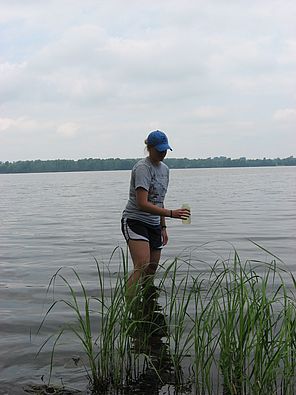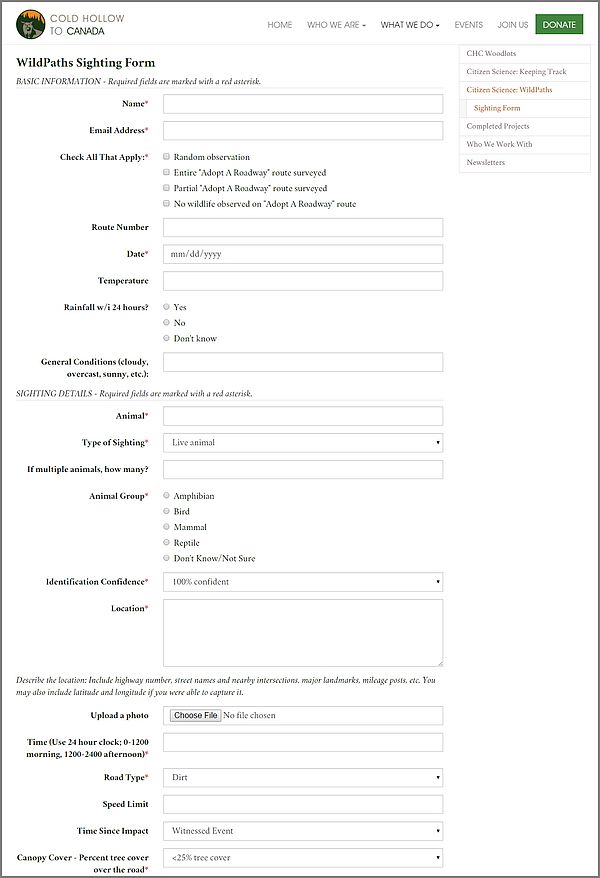Citizen science is the collection and analysis of data relating to the natural world by members of the general public, typically as part of a collaborative project with professional scientists. Some of Ecopixel's clients are engaging the public in citizen science, and they are doing so by making good use of their websites!
With online forms that are an integrated part of their content management system (CMS) website, two of Ecopixel's conservation organization clients are collecting important data.
The Lake Champlain Committee trains volunteers in New York and Vermont each year to collect water samples and take photos of potential blue-green algae blooms in the lake. This information is aggregated and used to alert the public to potentially dangerous algae blooms and to inform LCC's advocacy for the health of the lake. The volunteers use their smart phone, tablet or computer to send in photos and data through an online form.
The Cold Hollow to Canada conservation organization uses the integrated online forms to collect data and photos of animals on the move in northern Vermont. The organization is dedicated to conserving animal habitat corridors so that wildlife can thrive. The public enters detailed information on sightings of animals or tracks and uploads photos, as well. CHC uses this information to determine where animals are moving and when, and if they are crossing roadways or being killed on the road.
Learn more about how Ecopixel’s website features and web tools help environmental conservation organizations attain their goals.

